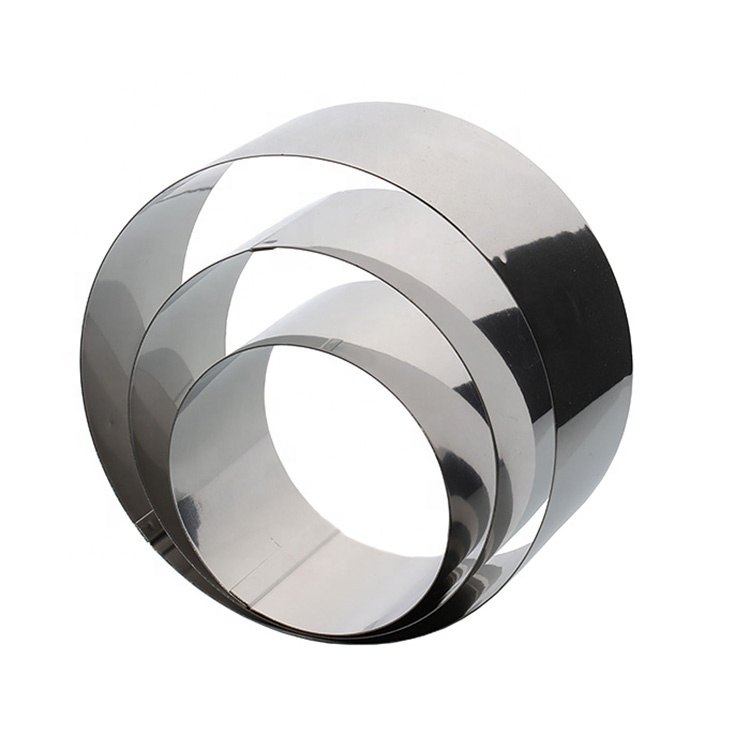- Phone:+86-17331948172 +86-0319-8862898
- E-mail: inquiry@puxingclamp.com
Aug . 16, 2024 21:31 Back to list
Hardened and Tempered Steel Strips Manufacturing Process and Quality Standards
Hardened and Tempered Steel Strip Factory A Cornerstone of Modern Industry
In today's fast-paced industrial landscape, the demand for high-quality materials is continuously on the rise. Among these, hardened and tempered steel strips have emerged as essential components in various applications, ranging from automotive manufacturing to the production of precision tools. This article will delve into the significance of hardened and tempered steel strips and the processes involved in their production within a specialized factory setting.
Understanding Hardened and Tempered Steel Strips
Hardened and tempered steel strips undergo a meticulous treatment process that enhances their strength, durability, and resistance to wear. The process involves two main steps hardening and tempering. Hardening is achieved by heating the steel to a crucial temperature followed by rapid cooling, a method known as quenching. This process transforms the steel's internal structure, making it harder but also more brittle.
To address this brittleness, the tempered phase involves reheating the steel to a lower temperature, allowing some of the carbon atoms to migrate, which imparts toughness without significantly reducing hardness. The result is a material that can withstand significant stress while maintaining its integrity, making it ideal for demanding applications.
The Role of a Steel Strip Factory
A hardened and tempered steel strip factory plays a critical role in the production of these vital materials. Such a facility typically features advanced machinery and state-of-the-art technology designed to ensure precision and efficiency throughout the manufacturing process. Key stages within the factory include material selection, heating, quenching, tempering, and final finishing.
1. Material Selection The quality of the raw materials is fundamental. High-carbon steel, often alloyed with elements such as chromium or vanadium, is commonly chosen for its superior properties.
2. Heating The selected steel strips are heated to a specific temperature range, which is crucial for effective hardening. This step requires precise control to ensure uniform heating.
hardened and tempered steel strip factory

3. Quenching Following heating, the strips are rapidly cooled, typically using oil or water. The choice of cooling medium can significantly affect the hardness and mechanical properties of the final product.
4. Tempering The cooled strips are then reheated at a lower temperature, which adjusts the hardness levels while enhancing toughness. This stage is crucial for applications where flexibility is as important as strength.
5. Finishing The final steps often involve surface treatment, such as grinding or coating, to achieve the desired specifications and improve resistance to corrosion and wear.
Quality Control and Testing
Quality control is an indispensable aspect of operations within a hardened and tempered steel strip factory. Each batch undergoes rigorous testing to ensure it meets industry standards. This includes tests for hardness, tensile strength, and ductility. Non-destructive testing methods may also be employed to detect any potential flaws that could compromise the material's integrity.
Applications of Hardened and Tempered Steel Strips
The applications of hardened and tempered steel strips are vast. They are predominantly used in the manufacture of springs, blades, and cutting tools, where high strength and sharpness are paramount. Additionally, they find applications in the automotive industry, construction, and machinery, due to their ability to endure extreme conditions without deforming or breaking.
Conclusion
In conclusion, hardened and tempered steel strip factories are vital contributors to modern industry, providing the essential materials required for various demanding applications. The intricacies involved in the production process ensure that the final products are of the highest quality, reflecting the advancements in metallurgy and manufacturing technology. As industries continue to evolve, the significance of such specialized facilities will only grow, reinforcing their role as the backbone of manufacturing innovation and reliability.
-
High Quality Precision Stainless Steel Strip - GPT-4-Turbo Grade
NewsAug.02,2025
-
Heavy Duty Hose Clamp | Premium Durability & Security
NewsAug.01,2025
-
Large Stainless Steel Adjustable American Type Hose Clamp - Hebei Pux Alloy Technology Co., Ltd.
NewsAug.01,2025
-
Large Stainless Steel Adjustable American Type Hose Clamp - Hebei Pux Alloy Technology Co., Ltd
NewsAug.01,2025
-
Large Stainless Steel Adjustable American Type Hose Clamp - Hebei Pux Alloy Technology Co., Ltd.
NewsJul.31,2025
-
Large Stainless Steel Adjustable American Type Hose Clamp - Hebei Pux Alloy Technology Co., Ltd | Corrosion Resistance, High Torque
NewsJul.31,2025




